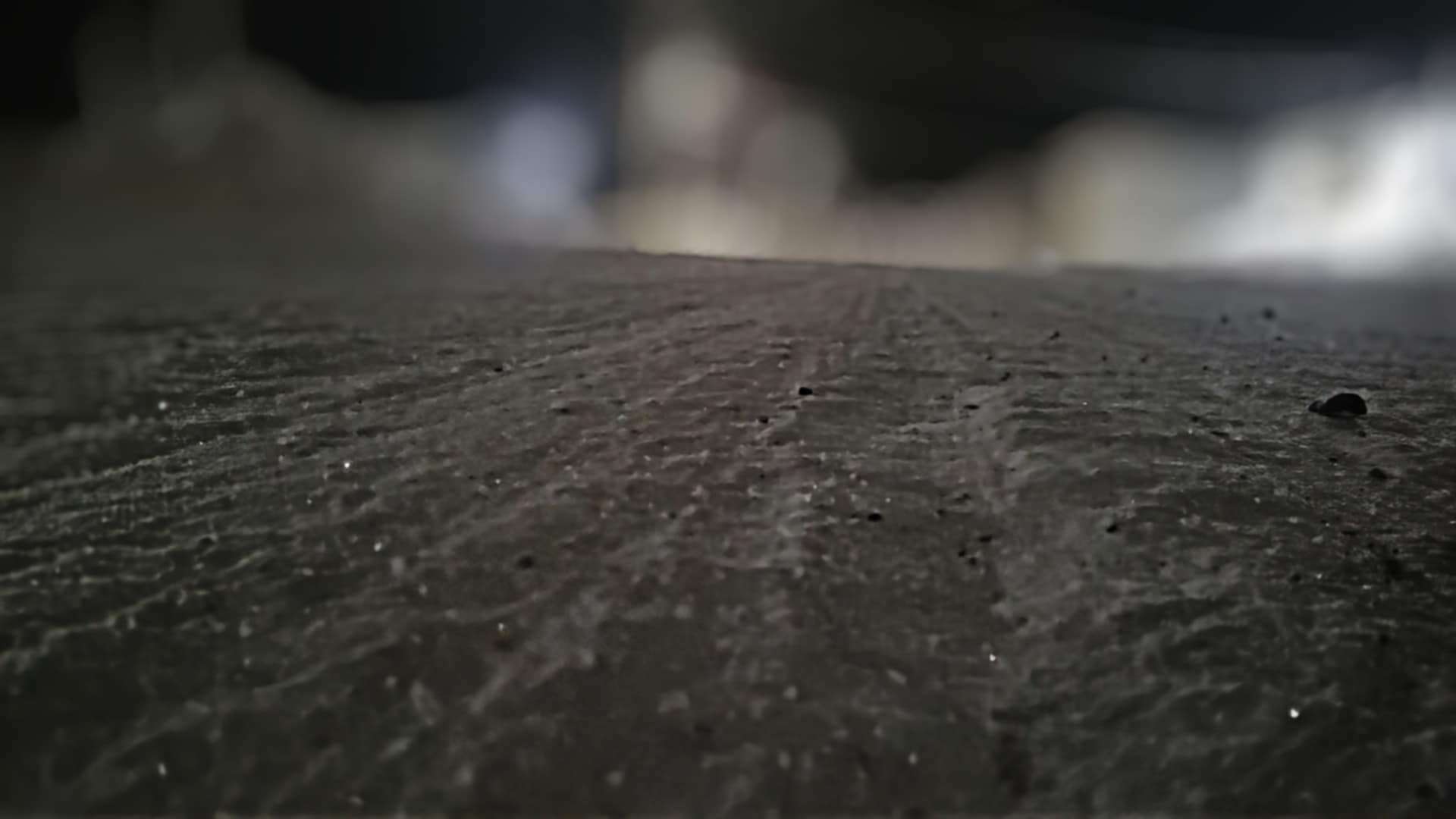Carried in the Cold, Not in the Cloud
The metaphor “like ink on ice, stories unspooling like smoke in the air” vividly captures the fragile yet persistent nature of storytelling within many northern and Indigenous communities. Ink on ice suggests something delicate—fleeting, yes, but still capable of leaving a mark. Smoke in the air evokes truth moving freely, rising, resisting containment.
These metaphors speak to more than the nature of story. They speak to people—people whose lives and experiences are too often seen as fleeting within larger systems. Many contribute to collaborative projects, lend their voices, their vision, their labor—only to be left behind once the research ends or the spotlight fades.
In many collaborative initiatives—especially those involving academic institutions—communities are invited in, but not always invited forward. Pathways Paper 9 (Breen, Tassiuk, Bell, 2016) spoke directly to this: when only some individuals receive opportunities, tensions emerge. And when researchers return to their home institutions, the communities that made the work possible are often left with little more than memories and maybe a copy of a final report.
But what happens to the young person who learned video editing and suddenly has no software or mentorship? What happens to the local artist who shared cultural knowledge but was never credited or compensated beyond the project timeline? What happens to the relationships when the funding disappears?
This is where Digital Salvage becomes more than a metaphor about files or footage—it becomes a practice of relational repair. A way of asking: who was brought into this work, and who was left behind? What was promised, and what is still possible?
Digital Salvage is not about saving data. It’s about salvaging pathways. Opportunities. Relationships. Futures. It’s about going back and asking what could still grow, if we tended to the people the same way we tended to the research outcomes.
It asks researchers, artists, and institutions not just to archive—but to return. To follow up. To invest in continuity. To center the communities who gave projects life in the first place.
Because stories don’t end when the project ends. People don’t disappear when the funding disappears. And the impacts—good and bad—don’t melt away just because a file was saved to a hard drive.
This is the real responsibility: not just to document the work, but to honour the people behind it. To ensure that they are not just featured, but fortified. Not just included, but supported. Not just remembered, but respected in the present.
So yes—like ink on ice, stories may seem fragile. But the imprint they leave can be deep, if we commit to tending the ground beneath them. If we build toward futures where no one is left behind just because the project moved on.
Even salvage can be an act of care.
Even fleeting stories can leave lasting change.








